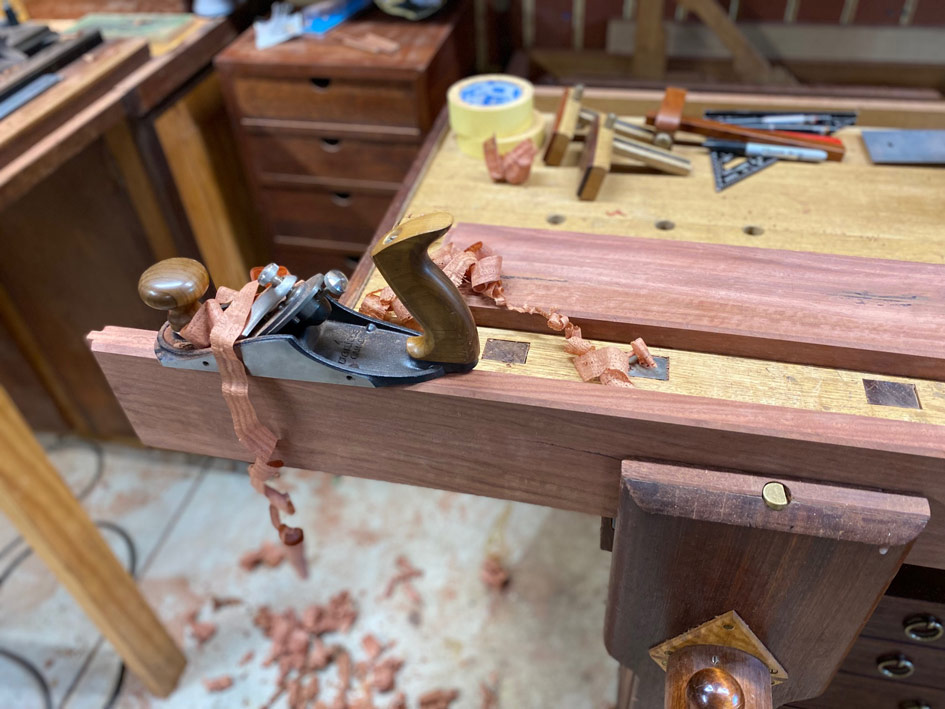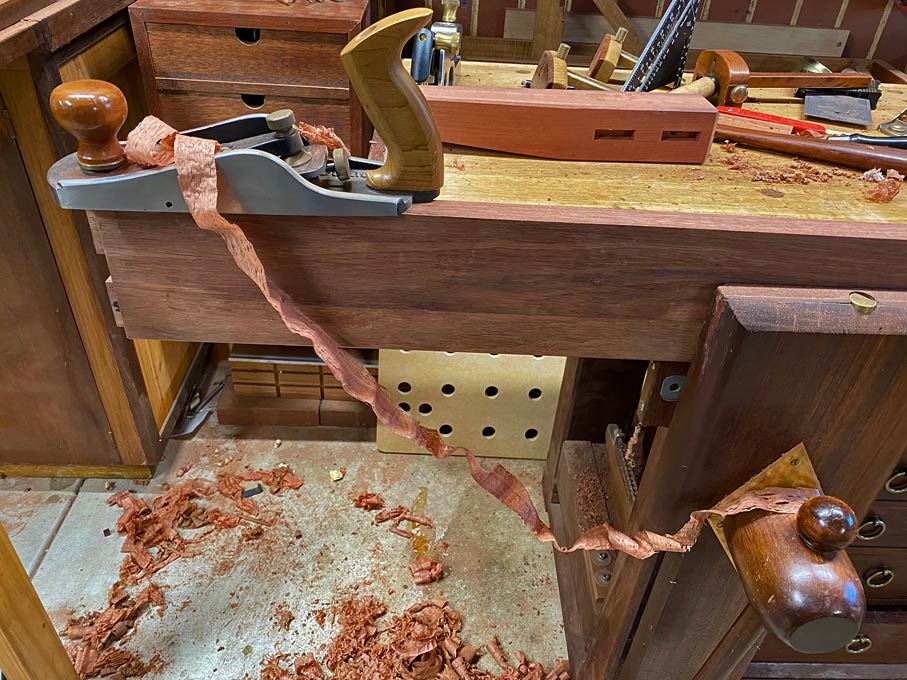You could use Low Angle Jack for everything. Maybe with additional blades for different angles. Especially since you are hybrid woodworker and machines usually produce pretty flat surfaces, jack size plane is good or smoothing too.
So, why new plane? What new plane should bring?
Well, it should increase productivity and bring efficiency to your work. If not then you don't need it or don't use it right. As others have mentioned, you need to set it differently than the jack. For example, one for medium cut, one for fine cut. That would reduce the amount of blades changes and adjustments. If you never adjust LAJ and don't feel occasionally the need for different plane settings then maybe you don't really need a second plane.
By the way, Veritas BUS uses the same blades as LAJ. And also Veritas Shooting plane uses them. In theory it seems nice to think that blades can be shared between the too. In practice, however, they usually serve different prurposes and and therefore honed differently and I never really swaped them ever... Much better to have two blades dedicated to one plane, that works alright for me.
I usually don't sand flat surfaces but just plane them with freshly honed blade. And if surface is wider than plane's blade you will get "plane tracks", unless the blade has a chamber to it or at least rounded corners (that is easier to do on BD plane, by the way).
I started with BU planes as they were the vibe at that time (LAJ, BUS, BUJ). Unfortunately, I tried to use them on factory made panels (beech, pine) that consist if small pieces of random orientation glued together. That didn't work out as quite often I had deep tearout. Then I switched to BD (Custom #4-1/2, #5-1/2, #7) that work much better in that situation, tearout on reversed grain can be seen and felt by hand but can be removed by two passes of finely set smoother.
Now I'm more like you say "hybrid", thicknesser/planer and bandsaw are my machines. Still use Custom #7 for edges and #4-1/2 for surfaces (and shooting plane, of course). And for small jobs just bandsaw and planes. Two-three coats of oil and the surface is as smooth as plastic!







